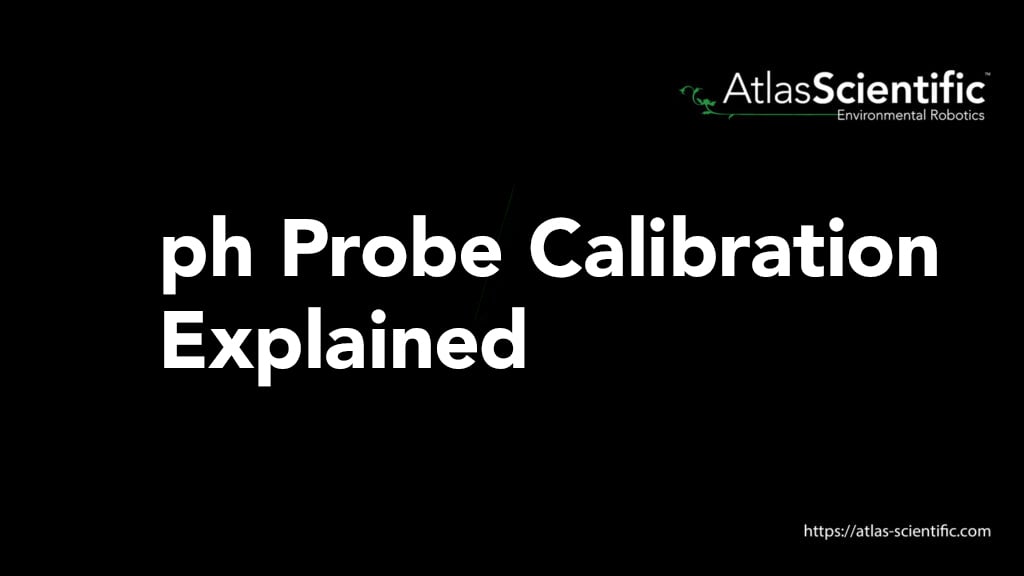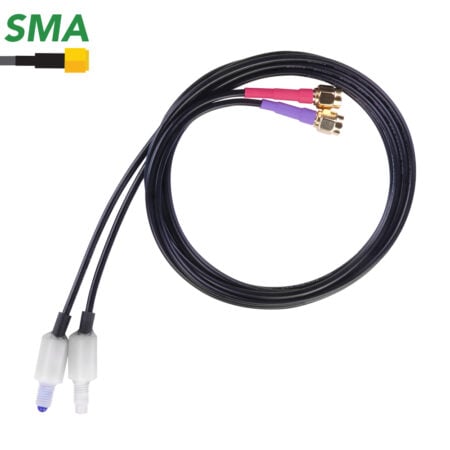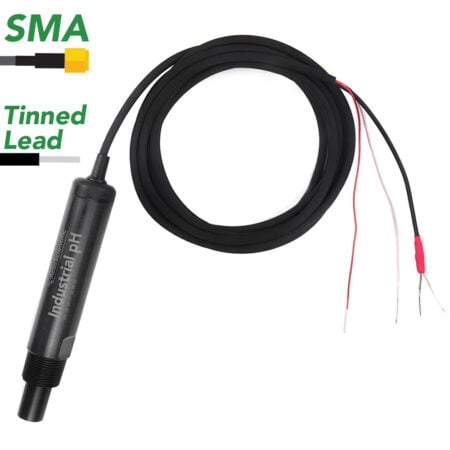Subtotal: $9.99

How To Reduce TDS Of Water?
Reverse osmosis is still a very good and popular way to reduce TDS, but there are many alternatives that might be better for your particular evil
Product Categories

Nobody likes opening a new gadget and having no idea how to use it. One step often overlooked in pH testing is pH probe calibration. Thankfully, that lost feeling will not be the case upon opening your pH probe for sample testing. This article will walk you through the pH probe calibration process so you will feel confident and efficient heading into a pH test.
Since the majority of pH probes use electrochemical principles, that is, reading the electric potential between the ions in the sample compared to a reference point, the pH probe will need to know what reference point to start from to conduct an accurate reading. Similar to how a bathroom weight scale needs to be zeroed out before a weigh in, a pH probe needs to be calibrated so that it can start from “zero.” In the case of pH probe calibration, “zero” would most commonly be a neutral pH of 7, or where there is little to no electric potential charge picked up in the sample (i.e. 0 mV).

Most combination pH probes are designed to detect a positive or negative potential based on the ion concentration in the liquid compared to its reference electrode; then depending on the strength of this potential, or voltage, a pH value can be determined. Normally, for the most accurate results a pH probe will need to be calibrated with two or more known points of pH. Preferably a low, medium, and high pH point. Then the actual sample would lie somewhere in the middle. This will determine the “slope” of the pH probe. In other words, a jump from 5 to 6 on the pH scale would be correlated with a measurable difference in voltage, and calibration will ensure those measurable jumps between voltage and pH values are accurate.
To continue, if you were testing a weak basic substance, say with a pH of 8, you would want to perform pH probe calibration with buffer solutions of 7 and 10 at a minimum. However, since the point of pH testing is to find out the unknown pH value, this can be difficult at times. In most cases, background knowledge of the sample will be prevalent. If not, simply create a wider 2 point calibration and then re-calibrate with a smaller 2-point window to achieve the most accurate results. Or, better yet, conduct a 3-point calibration with a low, medium, high pH value.

This 3-point calibration is actually the preferred method for Atlas Scientific probes to achieve the most accurate result. The 3-point calibration should be performed in a specific order: middle pH, low pH (acidic), then a high pH (basic) buffer solution. That said, the most common buffer solutions are a neutral 7, acidic 4, and basic 10 on the pH scale (making it easy to conduct a 3-point calibration).
This 2 or 3-point pH probe calibration method should be done before the first test, but does not necessarily need to be redone between tests. We will discuss recalibration later—now, the actual details of pH probe calibration.
Once you have obtained proper buffer solutions for the pH probe, calibration will not take long as most probes utilize a dippable pencil-like structure. Simply set up a glass of deionized water (or tap water will do for consumer testing), and 2-3 buffer solutions like 4, 7, and 10 as discussed previously. Then perform the tasks as follows:

Some simple pH probes will allow you to manually set the pH of the probe while submerged in a buffer solution. However, more advanced circuit setups will collect these data points from the calibration and create a calibration curve. This approach will more accurately relate a voltage reading to a pH value—as discussed above with the probe “slope.” More data points with different pH buffer solutions will only increase the accuracy of your probe; this is why a 3-point calibration is the preferred method at Atlas Scientific.
That being said, all probes will come with accuracy specifications like +/- 0.02 pH. This will occur in all probes to some degree because a neutral liquid, 7 on the pH scale, will never absolutely read 0 mV. If increased accuracy is required that is when you’d want to upgrade to lab-grade pH probes, or those with higher accuracy.
A handful of factors can affect pH probe accuracy but the top 3 include:
We have discussed pH probe calibration in depth, which is the most important in achieving an accurate pH reading. Furthermore, temperature plays a key role in pH measurement accuracy as well.
Most probes are spec’d at 25 oC, or roughly room temperature, which is convenient for the general user. However, if it’s a hot sunny day outside, or an experiment in cold conditions, temperature can play a role in pH reading accuracy. In most cases, by having the buffer solutions and samples at the same temperature you won’t have a problem, especially with small degree temperature changes. If largely different temperatures are needed for testing, consider using an automatic temperature compensating (ATC) sensor or looking up research tables for error values due to temperature change.
On the other hand, probe materials like the electrode and reference solution itself will slowly degrade over time (similar to batteries!). Most sensors are only designed to last a few years. Because of this aging, the range of readable pH and the accuracy of sensing will reduce and require more frequent calibration. Additionally, probes can become coated with dirt, grime, and other contaminants that will throw off pH readings. By rinsing and cleaning the probe regularly, and with proper storage, this should not be an immediate concern for pH accuracy.
Recalibration schedules are usually set with how stringent the accuracy requirements are on pH values. The more accurate the requirements, the more frequent the calibration. For general use it is not easy to pinpoint an exact schedule for recalibrate, which can be frustrating for users. This is due to the frequency and environment of use, age, and wear and tear (as discussed above). If testing occurs in heavily polluted or dirty solutions, recalibration and cleaning should occur more frequently than tap water monitoring. Infrequent use of pH probes should aim to recalibrate before each use, but frequent use of probes can be re-calibrated based on the factors discussed previously. Overall, when a pH probe reaches the point where it can no longer provide accurate readings or stabilize around buffer solution pH values, then it is time for a replacement pH probe.
As a rule of thumb, always keep your buffer solution stocked for proper pH probe calibration. This is a very important step in pH testing and cannot be understated.
If you are unsure exactly which pH values of buffer solution will best suit your needs (and how much of it), do not hesitate to reach out to the world-class team at Atlas Scientific.







Reverse osmosis is still a very good and popular way to reduce TDS, but there are many alternatives that might be better for your particular evil

Wastewater chlorination adds chlorine compounds to wastewater that produce “free chlorine,” which destroys pathogens by damaging cell membranes, disrupting cellular respiration, and rendering enzymes non-functional.